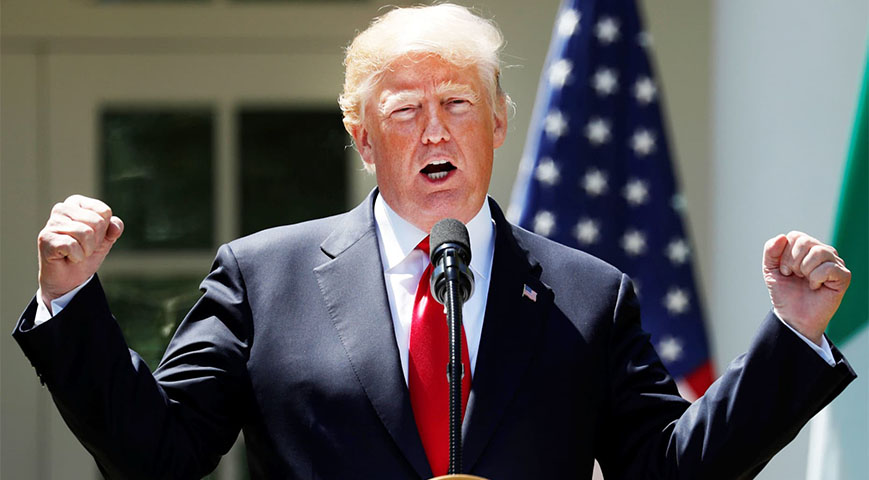President-elect Donald Trump has reignited global trade tensions by threatening immediate tariffs on the United States' top trading partners—China, Canada, and Mexico.
Posting on Truth Social, Trump vowed to impose sweeping tariffs on January 20th, his first day in office, unless these nations address illegal immigration and drug trafficking into the U.S.

Trump pledged a 25% tariff on all imports from Mexico and Canada until they curb drug smuggling, particularly fentanyl, and stop illegal immigration.
He also proposed a 10% tariff on Chinese goods, citing Beijing's failure to implement promised capital punishment for fentanyl smugglers.
Did you read this?
China dismissed Trump’s approach, warning that a trade war benefits no one. Mexican President Claudia Sheinbaum criticized the threats as ineffective and harmful. She proposed dialogue instead, arguing tariffs would lead to inflation and job losses on both sides of the border.

Meanwhile, Canadian Prime Minister Justin Trudeau held a "productive" conversation with Trump, though details remain undisclosed.
Trump's strategy mirrors his first presidency, which was marked by abrupt policy shifts via social media and an aggressive trade agenda targeting China, Mexico, Canada, and Europe.
During his previous term, a trade war with China led to retaliatory tariffs, which hurt U.S. farmers and raised consumer costs.

Economists warn that imposing tariffs could destabilize the global economy, drive inflation, and hurt U.S. growth. Critics see Trump's threats as bluster, potentially aimed at forcing negotiations.
However, Trump's commitment to a protectionist trade policy appears steadfast. Commerce Secretary nominee Howard Lutnick advocates steep tariffs, including a 60% levy on Chinese goods.









